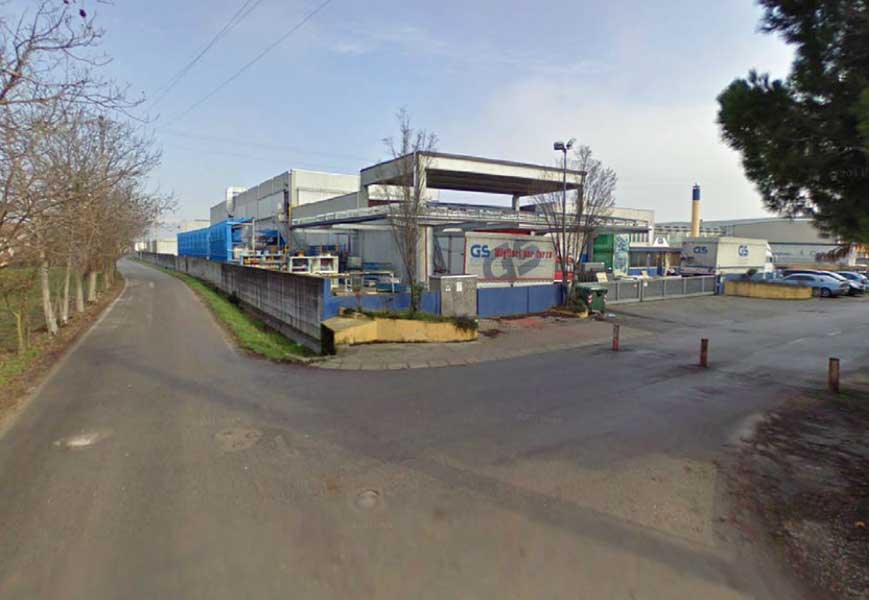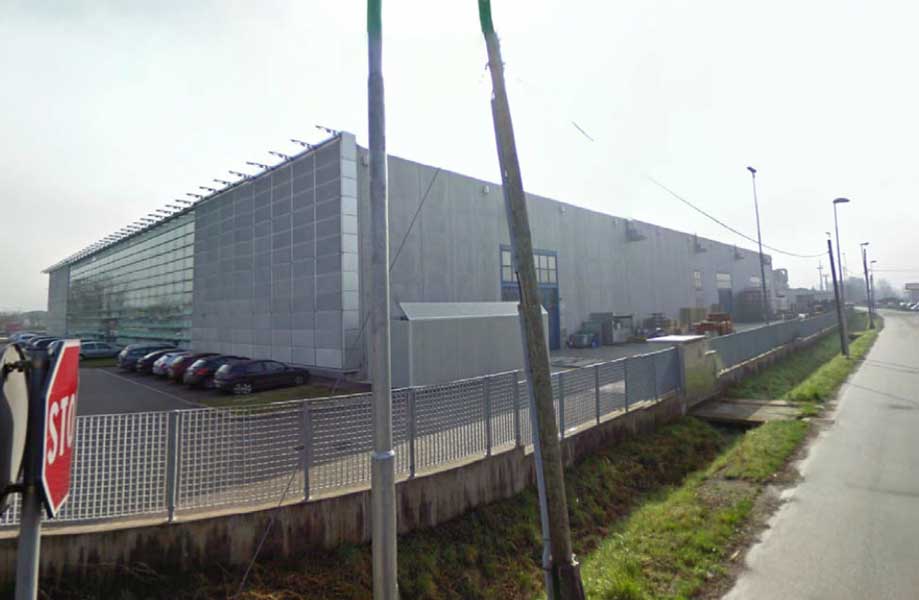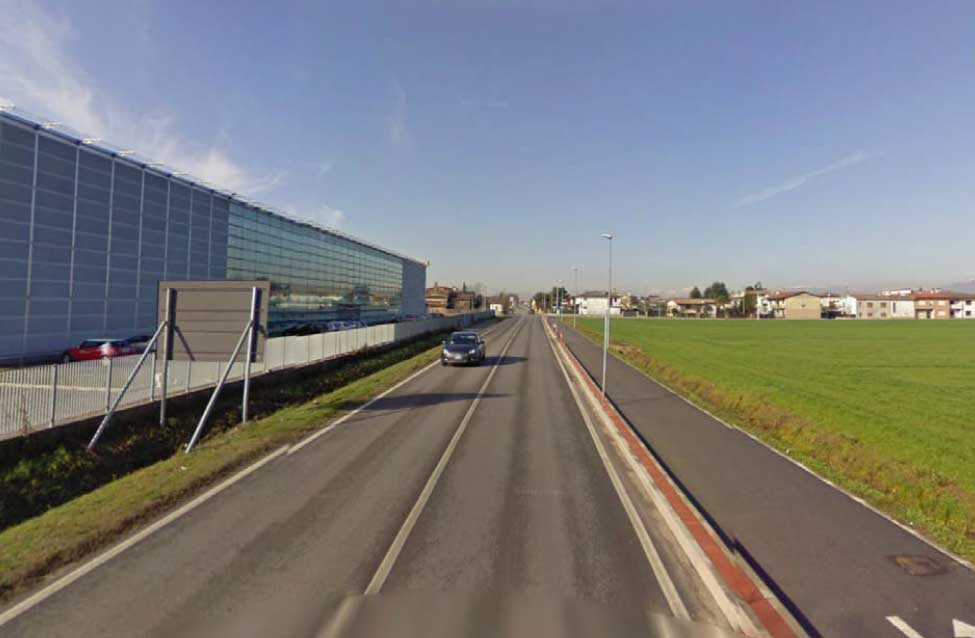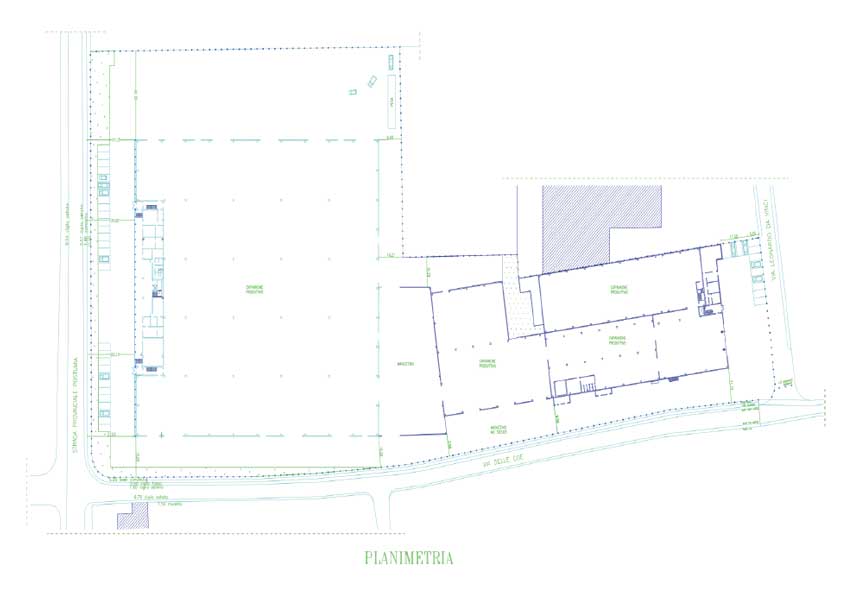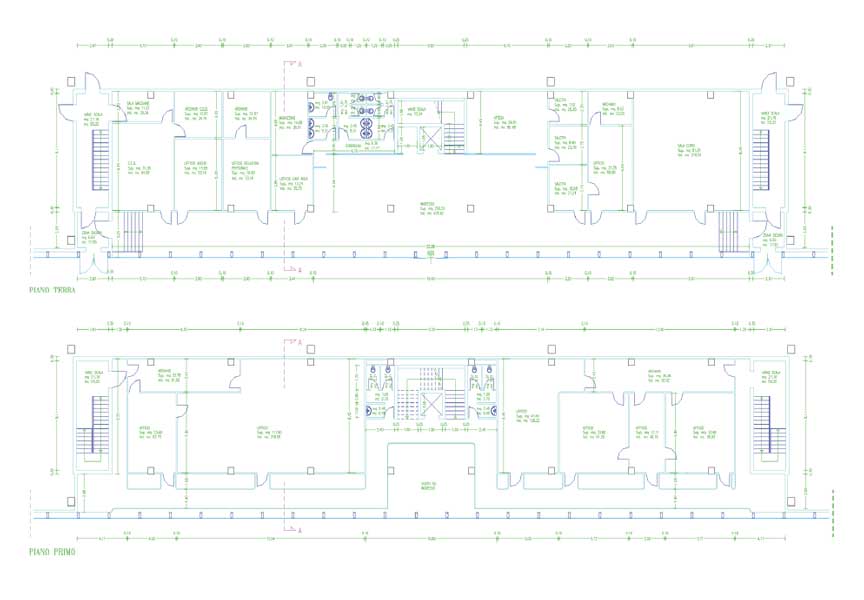NAME
Project title: FINESTRE FOTOVOLTAICHE
Recommending party
The project has been submitted by:
Ing. Fernando Stocco
LOCATION
Country: Italy
City: GALLIERA VENETA
Address: VIA PROVINCIALE, 24
AUTHOR
Designer or design team architects:
Ing. Fernando Stocco

